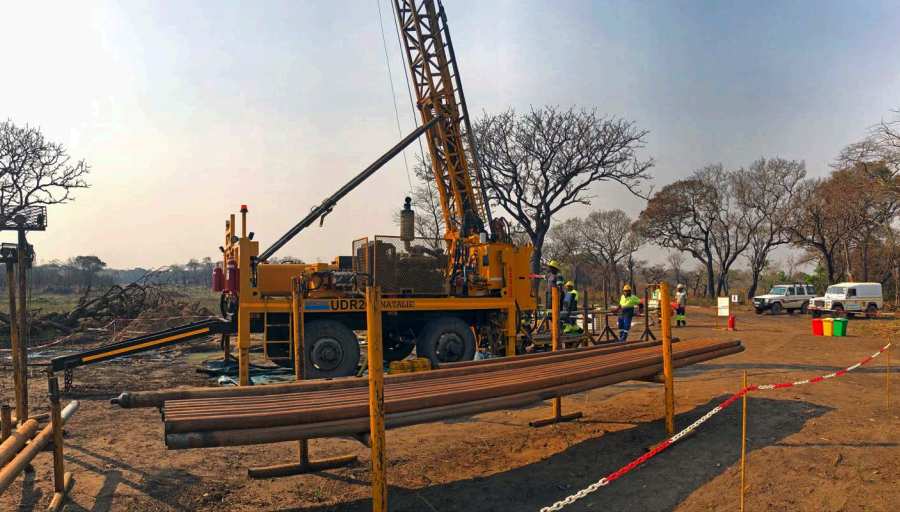
Shares in Canadian miner Ivanhoe Mines (TSX:IVN) climbed Wednesday as it announced that exploration drilling at its Kamoa North prospect area, which forms part of the Kamoa-Kakula mining licence in the Democratic Republic of Congo (DRC), had defined two new, continuous corridors of shallow and high-grade copper mineralization.
The newly delineated copper corridors occur on the western flank of the unmineralized Kamoa Dome at Kamoa North, the company said.
Exploration drilling at the Kamoa North prospect area, which forms part of Ivanhoe’s Kamoa-Kakula mining licence, has defined two new, continuous corridors of shallow copper mineralization containing zones of thick, high-grade copper.
The most significant corridor trends north and south for more than 9 km before swinging to the northwest, and it is projected to continue onto the adjacent Western Foreland exploration licences that are 100%-owned by Ivanhoe.
The second corridor trends west-southwest, away from the Kamoa Dome and toward the West Scarp Fault, over a distance of 3 km to 4 km.
The Kamoa North exploration area is roughly 12 km north of Kamoa’s Kansoko mine development and about 20 km north of the Kamoa-Kakula project’s planned initial mine at the Kakula deposit.
Ivanhoe’s shares were up 5.24% in Toronto to C$2.61 on the news at 9:50 am local time almost as high as last month, when the company scored big by finding a major high-grade copper area on its 100%-owned Western Foreland asset, west of Kamoa-Kakula.
The find, named Makoko, is Ivanhoe’s third major copper discovery in the DRC, as well as the first of multiple high-potential target areas identified by the company’s exploration team to be drill tested.
In September, a unit of Chinese state-run conglomerate CITIC became the biggest shareholder in billionaire Robert Friedland’s company, following a decision to give up a 20% stake for about $548 million (C$723m).
Another Chinese firm, Zijin Mining Group — which acquired a stake in Ivanhoe Mines in 2015 through a wholly-owned subsidiary — exercised its existing anti-dilution rights through a concurrent private placement. This means that Zijin owns now 9.7% of Ivanhoe Mines.
Ivanhoe Mines estimates its flagship Kamoa-Kakula project, discovered in 2007, holds the equivalent of at least 45 million tonnes of pure copper, which would make it world’s fourth-largest. The company aims to extract 300,000 tonnes per year once the mine is operating at full capacity.